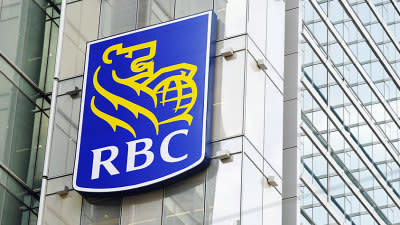Boost Your Returns by Applying This 1 Tip

Royal Bank of Canada (TSX:RY)(NYSE:RY) is the largest Canadian bank by market cap and is considered a great company. It has had a great run this year by appreciating nearly 24% year-to-date. Yet an investment in the top bank wasn?t always that lucrative.
From late 2014 to early this year, its shares were trading downward and hit as low as $65 in February. If you recall, during that period, all of the Big Five banks traded in a similar pattern due to market worries about the natural resource sectors and the potential losses from oil- and gas-related loans.
Those worries pushed down the shares of the most profitable group of Canadian companies, the top Canadian banks, to more attractive valuations.
In fact, at $65, Royal Bank traded at a price-to-earnings ratio of about 10, which was lower than its long-term normal multiple of 12.7. So, the shares were trading at a discount of about 24% at the time.
It turned out that for the fiscal year 2015 and 2016, Royal Bank posted earnings-per-share growth of 3% and 5%, respectively. Recently, the WTI crude oil price seems to have stabilized at the US$50 level.

What did we learn from all this?
If bad news causes the stocks of an industry to decline in a similar way, determine if it?s an opportunity or not.
In the case of the Big Five Canadian banks, there?s no question that they?re the most profitable group of companies in the country.
So, when they collectively trade at cheaper valuations than historical norms, it?s time to buy them for relatively high yields and outsized gains.
Before shares fell, Royal Bank yielded more than 4.8%. After a couple of dividend hikes, an investment made then would now have a yield on cost of 5.1%.
You might ask, ?What if the shares fell lower?? Sure, there?s always the possibility that the shares might have fallen more or that they only fell to a 10% discount to the long-term normal valuation before recovering. The thing is, there?s no way of telling.
Investors need to determine for their own purposes if they?re willing to invest in the country?s most profitable companies when they?re priced at a 10% discount, a 20% discount, or even a 40% discount?don?t laugh; the 40% discount occurred when the market had the most negative sentiment on Royal Bank in 2009 during the last recession.
Conclusion
You can tell which companies are great companies. People always talk about them, and most of the time, they?re not priced cheaply.
When you find great companies trading sideways or downwards for some time, it?s time to check their valuations to see if they?re bargains.
As Warren Buffett would say, ?It?s far better to buy a wonderful company at a fair price than a fair company at a wonderful price.?
Not to mention that when wonderful businesses are priced at discounts, the market will eventually recognize the disconnect between the price and value. Hopefully, before then, you would have recognized the investment opportunities and gotten yourself a few shares.
How 1 Man Turned $10K Into Over $8 Million
Discover how one man turned a modest $10,600 investment into an $8,016,867 fortune.
Learn more about this man and how you can start down the path toward financial independence.
Simply click here to learn more
More reading
This Stock Is Royal Bank of Canada?s Top Canadian Pick for 2017
These 3 Factors Will Limit Upside in Canadian Banks for 2017
Fool contributor Kay Ng has no position in any stocks mentioned.
How 1 Man Turned $10K Into Over $8 Million
Discover how one man turned a modest $10,600 investment into an $8,016,867 fortune.
Learn more about this man and how you can start down the path toward financial independence.
Simply click here to learn more
Fool contributor Kay Ng has no position in any stocks mentioned.

 Yahoo Finance
Yahoo Finance 